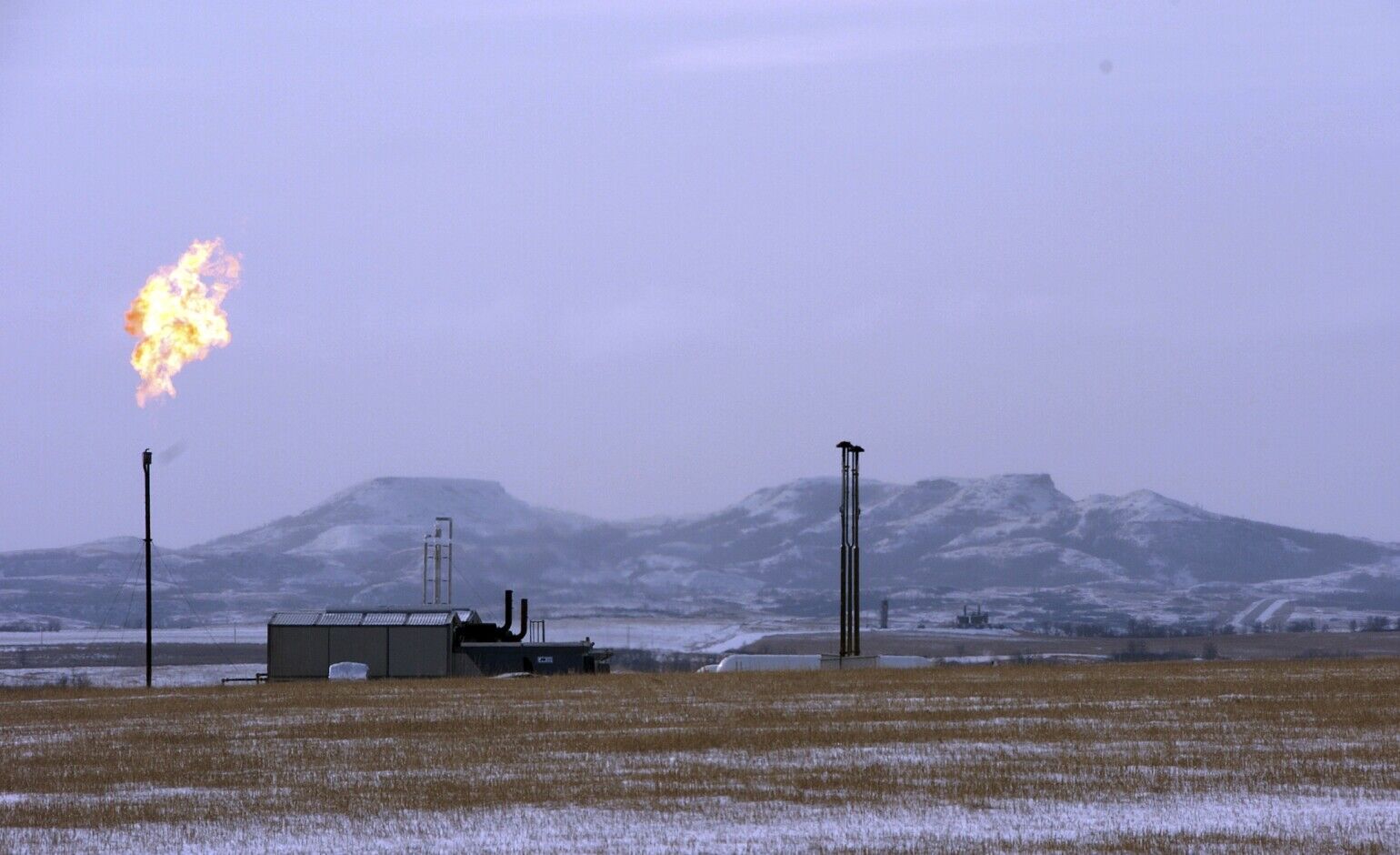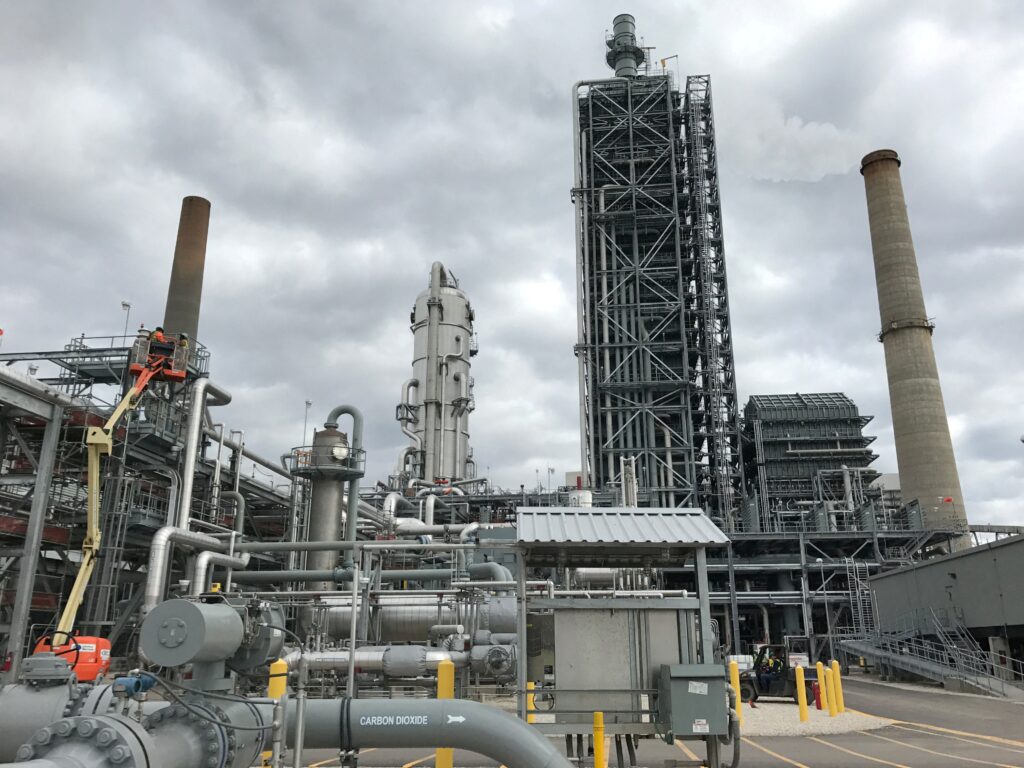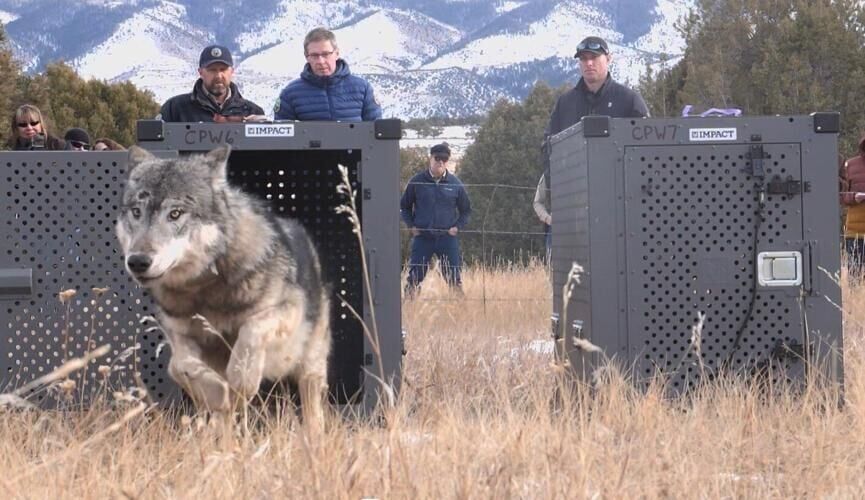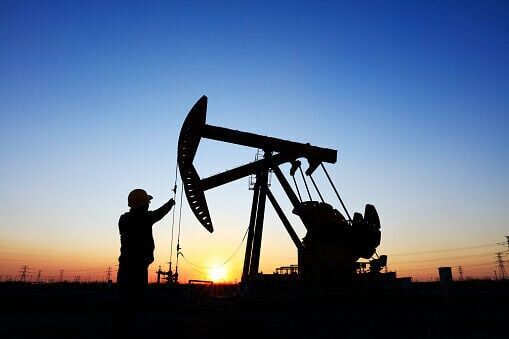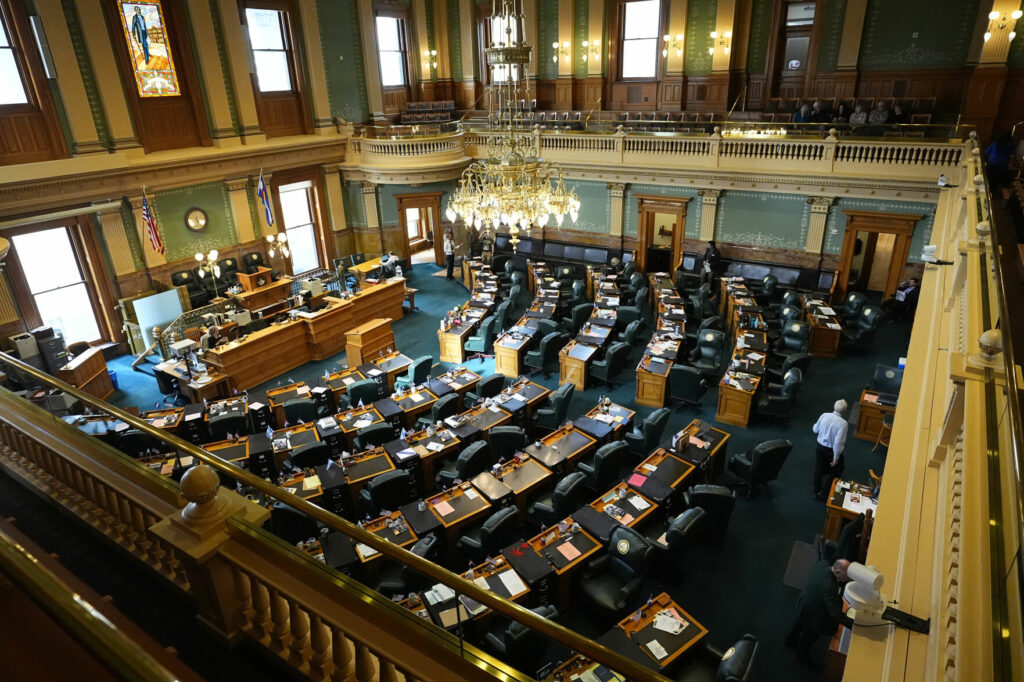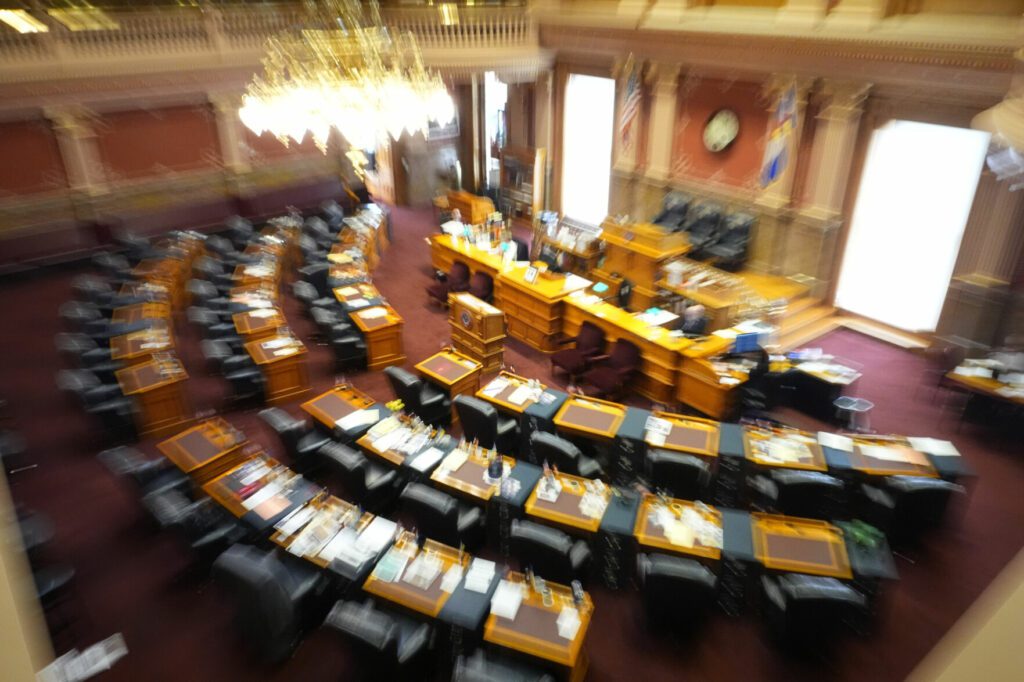Colorado passes sweeping new regulations for oil, gas development

The Colorado Air Quality Control Commission this month passed sweeping regulations that officials say will cost oil and gas producers tens of millions of dollars per year in order to comply with the state’s emissions goals.
The state Air Pollution Control Division wants the oil and gas industry to reduce its emissions by 36% by 2025 compared to 2005 levels and 60% by 2030.
The new regulations are projected to cost energy producers $59 million to $142 million a year by imposing stringent requirements to capture and dispose of byproducts without allowing the gasses to escape into the atmosphere.
“Colorado cannot solve global climate change alone and certainly not by squeezing a single industry into arbitrary reduction goals for resources that Coloradans will rely on for decades to come,” said Dan Haley, president and CEO of the Colorado Oil & Gas Association.
He said the projected costs are on top of the hundreds of millions of dollars that energy producers have already incurred from previous changes to emission regulations.
“These excessive costs threaten economic growth and competitiveness and will add to the rising energy costs faced by consumers domestically and abroad,” Haley said.
Others felt the commission didn’t go nearly far enough.
“The air rules adopted today are an improvement but fall far short of what needs to be done,” said Boulder County Commissioner Matt Jones. “Oil and gas wells leak cancer causing chemicals like benzene, chemicals that create ozone that can damage our lungs, and methane, a greenhouse gas on steroids. There is no time to waste. We absolutely need the strongest possible action now.”
Existing regulations require reductions of at least 95% in hydrocarbon emissions that contribute to ground level ozone production, especially in the Front Range corridor, by using air pollution control equipment, such as enclosed combustion devices.
The devices take methane and other chemical emissions from oil storage tanks and compressors and burn them before they can escape into the atmosphere.
The new regulations require performance testing of all enclosed combustion devices by May 1, 2028. Regulators say this will require testing about 1,731 devices per year at an estimated cost of $10.9 million per year for five years. The new regulations also require installation of flow meters on enclosed combustion devices to quantify how much they are burning, at an estimated cost of $3.7 million per year.
Most leak detection monitoring is done using an infrared camera. State regulators say it takes about 10.6 hours to complete an inspection using an infrared camera and about 21 hours using an EPA-approved process called “Method 21,” which uses sophisticated electronic instruments that “sniff” the air around facilities to detect emissions.
In 2020, more than half a million inspections were completed. Only 10% were performed using Method 21.
The state said the cost of a single infrared camera for leak detection is about $132,000, and the price is nearly $200,000 after all the associated inspection costs are added up.
During the hearing, commissioners noted that one leak detection company in Colorado did not think it would be able to meet the demand for more frequent inspections. At 10 hours per inspection, that’s 18,348 man-hours per year.
“Today’s vote was important for Colorado,” said Lynn Granger, executive director of the American Petroleum Institute’s Colorado division. “The commission’s adoption of an emissions intensity program, the centerpiece of this rulemaking, is the first of its kind at the state level and allows operators the flexibility to reduce emissions proactively and innovatively, rather than via top-down mandates which could have hindered or slowed reductions by imposing a one-size-fits-all approach.”
